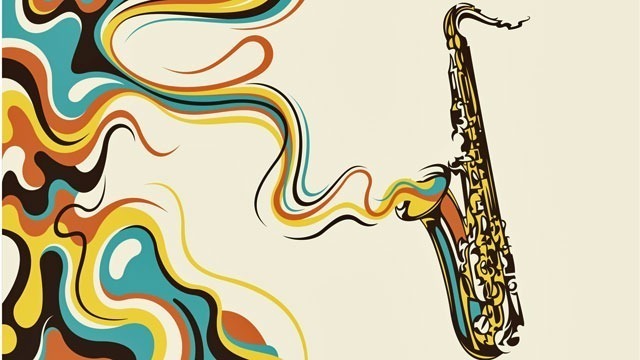To boost creativity, combine systematic daily effort with diverse emotional states
 Mapping Creativity in the Brain (The Atlantic):
Mapping Creativity in the Brain (The Atlantic):
“The writer Edith Wharton, a self-professed “slow worker,” dismissed the idea of easy creative triumph. “Many people assume that the artist receives, at the outset of his career, the mysterious sealed orders known as ‘Inspiration,’ and has only to let that sovereign impulse carry him where it will,” she wrote in her 1925 book The Writing of Fiction. The artistic impulse, she continued, was instead achieved through “systematic daily effort.”
But while she championed diligence, Wharton was also driven by something she found more difficult to describe…Earlier this year, Limb co-authored a new study led by Malinda McPherson, a doctoral candidate at the Harvard-MIT Program in Speech and Hearing Bioscience and Technology, to address that missing element. The study also asked jazz pianists to improvise in an fMRI scanner; this time, though, the musicians were instructed to first review photographs of a woman wearing a positive, negative, or neutral expression, and then to try to match the photo’s mood with their improvised melodies.
Broadly, McPherson’s findings support Dietrich’s argument that creativity doesn’t stem from one easily definable process or brain pattern. The results also indicate that “emotion has a huge effect on the way our brains can be creative,” McPherson says. Positive emotion, for instance, seems to be related to a deeper state of creative flow. Her findings also seem to indicate that unhappy artistic expression requires more conscious restraint than happy music—but may also be, on some level, more rewarding.”
- Abstract: Emotion is a primary motivator for creative behaviors, yet the interaction between the neural systems involved in creativity and those involved in emotion has not been studied. In the current study, we addressed this gap by using fMRI to examine piano improvisation in response to emotional cues. We showed twelve professional jazz pianists photographs of an actress representing a positive, negative or ambiguous emotion. Using a non-ferromagnetic thirty-five key keyboard, the pianists improvised music that they felt represented the emotion expressed in the photographs. Here we show that activity in prefrontal and other brain networks involved in creativity is highly modulated by emotional context. Furthermore, emotional intent directly modulated functional connectivity of limbic and paralimbic areas such as the amygdala and insula. These findings suggest that emotion and creativity are tightly linked, and that the neural mechanisms underlying creativity may depend on emotional state.
To learn more:


